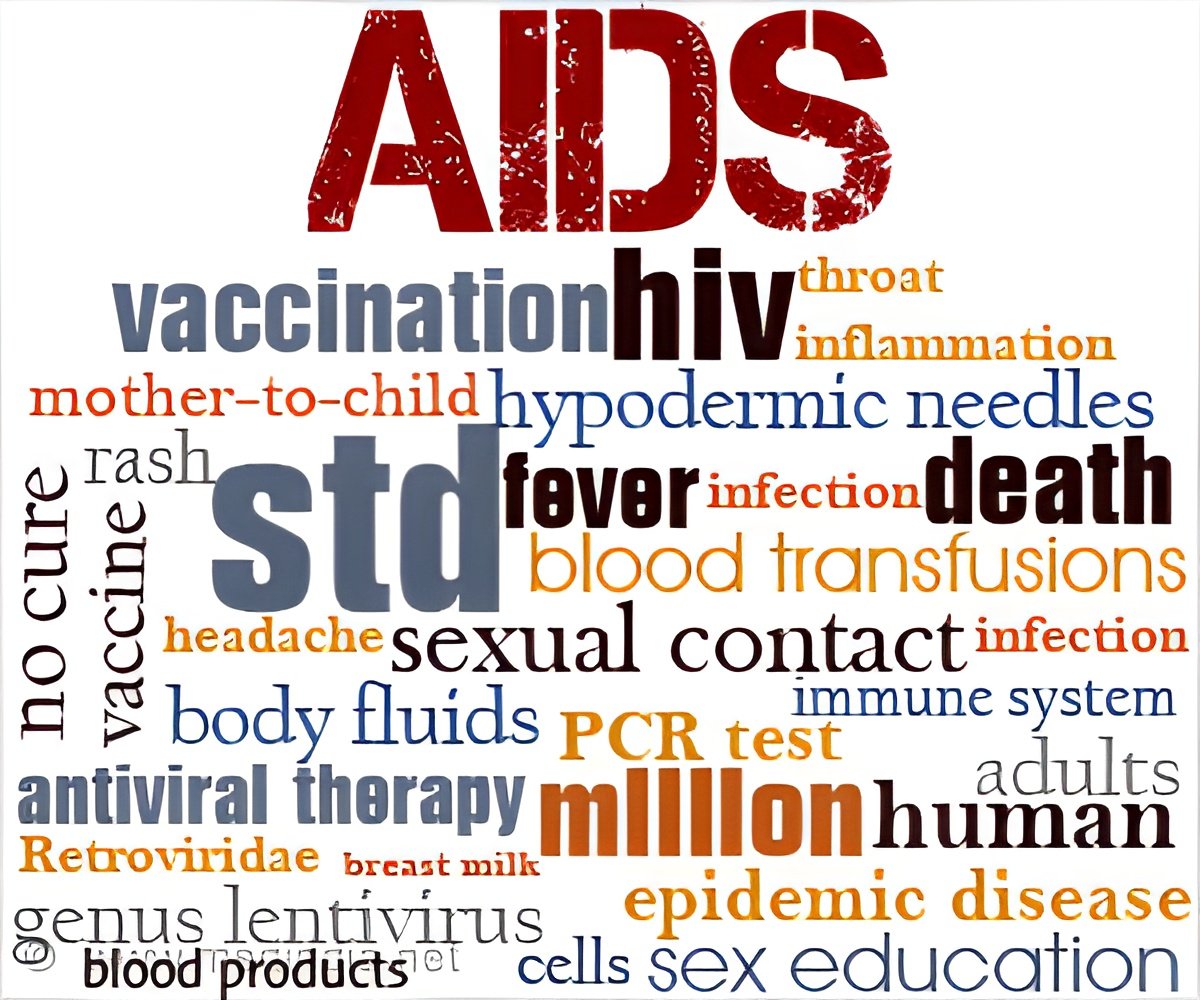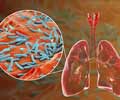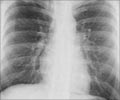The American Thoracic Society is a founding member, is calling on governments, health advocates and non-government organizations on World AIDS Day.

‘TB is the leading cause of death among those with HIV/AIDS worldwide, accounting for about one in three deaths, according to the 2019 UNAIDS Global update.’





The American Thoracic Society (ATS) began in 1905 as the National Association for the Study and Prevention of Tuberculosis. Today, the ATS, along with other founding member of FIRS, which represents the world's leading respiratory societies, is working to improve lung health globally. In the developing world, TB is often the first sign a person has HIV. Yet, about half of the people living with HIV and tuberculosis are unaware of their co-infection and therefore not receiving care that could prevent serious illness and death, according to WHO.
Shortly after AIDS emerged, it fueled a global resurgence of TB that continues in many low- and middle-income countries. According to the Centers for Disease Control and Prevention, HIV infection is the strongest risk factor for progressing from latent to active TB.
HIV increases the risk of other infectious respiratory diseases, including pneumocystis jiroveci pneumonia (PCP) and bacterial pneumonia, both of which can be life threatening.
In the U.S., people with HIV are two to three times as likely to smoke as those who are HIV-negative, according to the CDC. Smoking compounds the challenges of treating infectious and non-infectious respiratory diseases in those with HIV.
Advertisement
Education, prevention strategies and new medicines, particularly antiretroviral therapies, have reduced the number of AIDS deaths each year by more than half since their peak globally in 2004. Still, UNAIDS estimates that in 2018 nearly 40 million people were living with AIDS and about 1.7 million people became newly infected.
Advertisement
Increasing awareness of the continuing global threat of HIV-related disease and its link to TB and other respiratory diseases.
Improving the health outcomes of people living with HIV through patient care and research into improved treatments and treatment strategies for both HIV and TB.
Reducing the incidence and severity of HIV-related disease by strengthening mother-to-child transmission prevention programs and increasing the early use of antiretroviral therapy.
Improving HIV education in at-risk communities to reduce the incidence of new HIV infections. Reducing HIV-related health disparities and inequities.
“The good news is that antiretroviral therapies have turned HIV/AIDS from a death sentence into a chronic disease, and TB is preventable and curable,” Dr. Beck said. “These two facts, along with the millions of lives that we can save, should strengthen our resolve to make sure these medical advances are available to everyone.”
Source-Newswise















